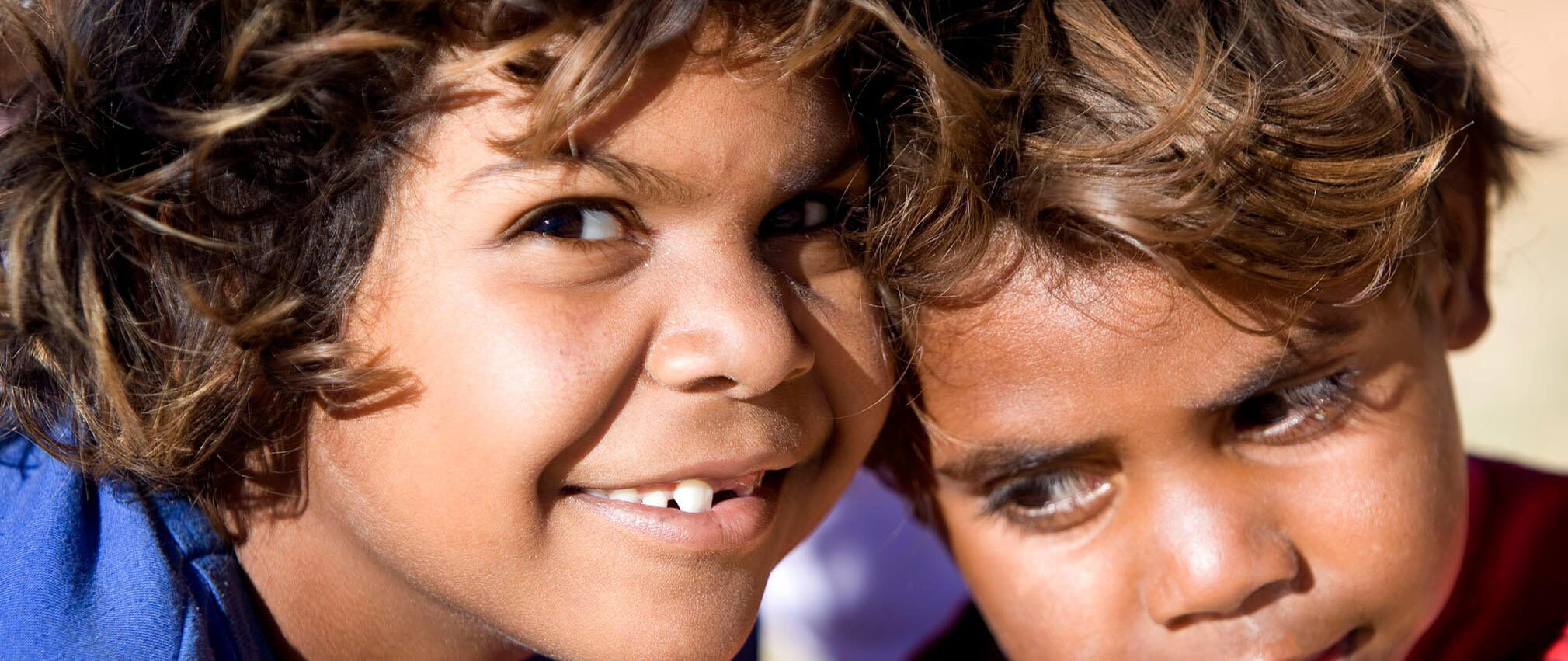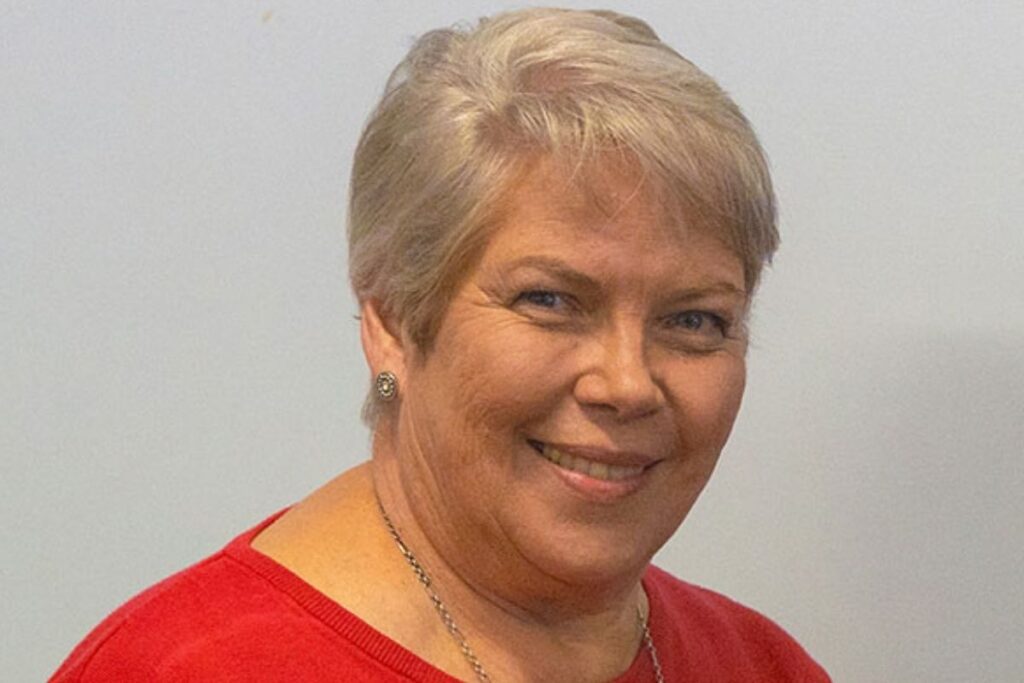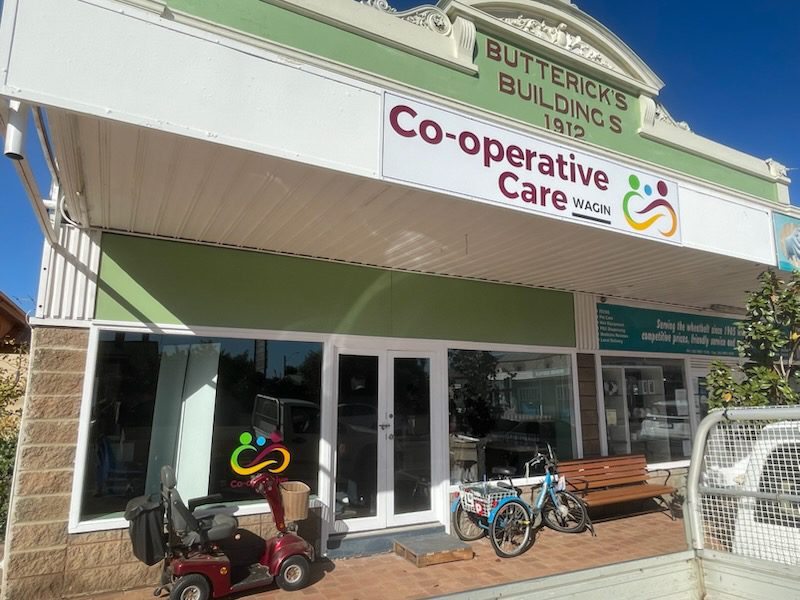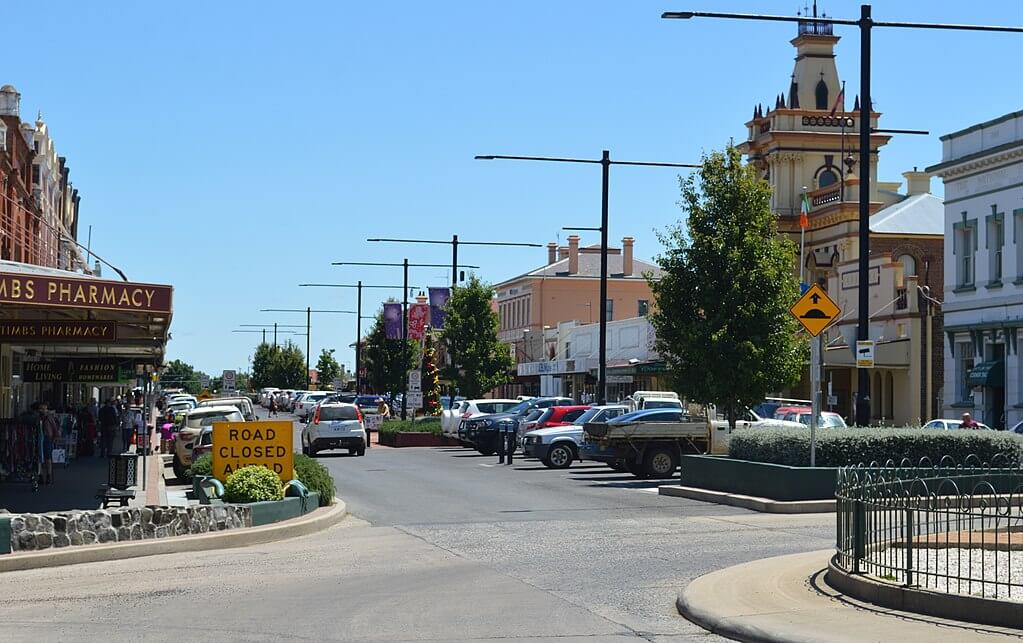Australia’s care delivery needs intergenerational models
News

Media release
1 September 2023
The release last week of the Federal Government’s much-anticipated Intergenerational Report is good news for co-operatives and mutuals as proven structures for delivering value to Australians and the economy with humans at the beating heart of their business purposes.
Topics like our ageing population and the growth of the care economy might have been part of the national discourse for decades, but the report highlights that the clock is ticking on the need to embrace new models of business – intergenerational models – to hardcode viability into our economy and avoid the market failures.
The report estimates that as our population continues to age over the next 40 years, the number of Australians aged 65 and over will more than double, the number aged 85 and over will more than triple, and the number of centenarians is expected to increase six-fold.
“It is clear from the challenges outlined in the Intergenerational Report that Australia must build more innovation and different business models into the care economy to ensure a sustainable future that will support the needs of our ageing population,” said Melina Morrison, CEO, Business Council of Co-operatives and Mutuals.
She added, “Federal government is embracing the enormous opportunities that the co-op and mutual business model provides to ensure that care delivery places greater emphasis on the needs of workers, caregivers and end users. Our $7 million Commonwealth-funded Care Together Program is part of our work to integrate community-led solutions into areas of Australian life where existing models and services have failed.”
Under the Care Together Program, the BCCM is working with communities to co-design social care projects in areas deemed most in need by the Royal Commission into Aged Care Quality and Safety. Between now and mid-2025, the program will support the development of at least four new co-ops or mutuals; support up to eight growth and scaling projects working with existing co-ops and mutuals or organisations converting to a co-op or mutual; and facilitate the co-design of a digitally enabled secondary co-operative to deliver back-office functions for smaller care providers.
As the Intergenerational Report acknowledged: “Meeting the demand for care will require ongoing investment and improvements in delivery”. There is enormous opportunity here for Australia to reframe the way that care delivery has traditionally been viewed and turn to overseas models that are proven to reinvest profits into services and assist people to age in place for longer.
Examples from overseas markets have shown that when you empower people in community settings to co-operate on the care they receive or build the capacity of care workers to design how they do their jobs, then service quality improves, and the work force grows.
Italy has 14,000 co-operatives that provide care to 12 per cent of the population and in Spain there are 1,000 worker-owned co-operatives providing care services. In the United States, the worker-owned Co-operative Home Care Associates, employs 2,000 care workers. And in Japan, elder care co-ops with a hybrid consumer-worker structure have 100,000s of members. Australia is a long way behind the rest of the world in embracing the idea of putting those involved with the provision of care at the centre of the solution.
As Melina put it, “The co-operative model offers a way for people with shared needs to come together and collaborate to achieve a mutual outcome, in this case the provision of services where other approaches have failed. People are hungry for business models that do business with purpose. Our business model is not only fit for the times, but also vital for the future.”
Media enquiries
Sue Frost, P&L Corporate Communications 0409718572
Related news
Read the latest social care co-operative and mutual news from Australia and around the world.
Are you working on a community-led care solution where you live?




